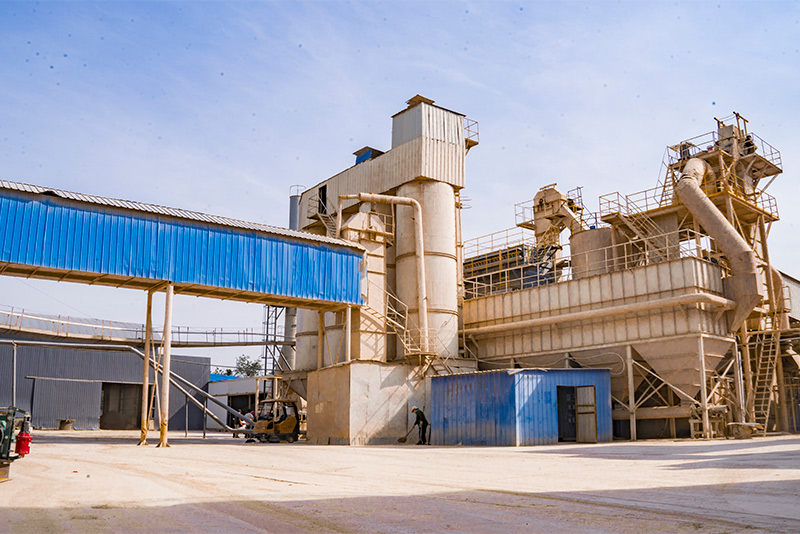The Wonders of Cerabead Sand A Unique Material for Modern Applications
In the world of materials science, innovation often arises from the synthesis of unique components that enhance functionality in diverse fields. One such extraordinary material is cerabead sand. Known for its exceptional properties, cerabead sand is rapidly becoming an essential resource across various industries. This article delves into the characteristics, applications, and advantages of cerabead sand, showcasing why it is gaining popularity in modern technology and environmental management.
Cerabead sand is a type of microspherical bead made from high-quality aluminosilicate. The manufacturing process involves carefully controlled conditions to ensure uniform particle size and shape, which is pivotal for its effective performance in various applications. Unlike traditional sand, cerabead sand exhibits unique thermal stability, low thermal conductivity, and exceptional resistance to chemical and mechanical wear. These attributes make it an ideal candidate for a plethora of industrial uses.
One of the primary applications of cerabead sand is in the field of foundry and metal casting. Traditional sands often have limitations when it comes to mold precision and surface finish. In contrast, cerabead sand provides enhanced mold strength and dimensional accuracy, leading to superior castings with a smoother surface finish. This results in reduced post-casting processes, saving time and material costs for manufacturers. Moreover, its spherical shape allows for better flow in the mold-making process, contributing to improved efficiency.
Furthermore, cerabead sand is increasingly being utilized in the energy sector, particularly in the creation of thermal insulation materials
. Due to its low thermal conductivity, it acts as an excellent insulation barrier, allowing industries such as petrochemicals and power generation to minimize heat loss during processes. This not only enhances operational efficiency but also contributes to energy conservation efforts, aligning with global sustainability goals.cerabead sand

Environmental applications of cerabead sand are equally compelling. Its unique properties make it a suitable material for water filtration systems. Cerabead sand can effectively filter out pollutants and toxins from industrial wastewater, thus playing a crucial role in environmental protection and remediation efforts. Its durability ensures longevity in filtration applications, reducing the need for frequent replacements and minimizing waste.
In addition, the remarkable strength and wear resistance of cerabead sand have made it a popular choice for abrasive blasting applications. Industries that rely on surface preparation, such as automotive and aerospace, benefit from the use of cerabead sand due to its ability to produce fine finishes without damaging the underlying material. The spherical shape of cerabead gives it an edge over traditional angular abrasives, allowing for more uniform impact and reduced surface stress.
The versatility of cerabead sand has also led to its adoption in the construction industry. Its lightweight nature and insulating properties make it an attractive option for lightweight concrete and other building materials. This not only reduces the overall weight of structures but also enhances their thermal efficiency, contributing to greener building practices.
As the global economy continues to seek sustainable solutions, the role of innovative materials like cerabead sand cannot be underestimated. Its myriad applications across foundries, energy production, environmental management, and construction underscore its importance in modern technology and industry. As research advances and manufacturing processes improve, the potential of cerabead sand will undoubtedly expand, offering even more exciting opportunities for innovation.
In conclusion, cerabead sand exemplifies the intersection of advanced materials science and practical application. Its unique properties, derived from meticulous engineering, position it as a game-changer in various sectors. As industries strive for more efficient and sustainable practices, materials like cerabead sand will play a pivotal role in shaping the future of manufacturing and environmental stewardship. The versatility and performance of this remarkable material make it a cornerstone of modern industrial innovation.
Post time:Déc . 19, 2024 04:11
Next:sand for resin
